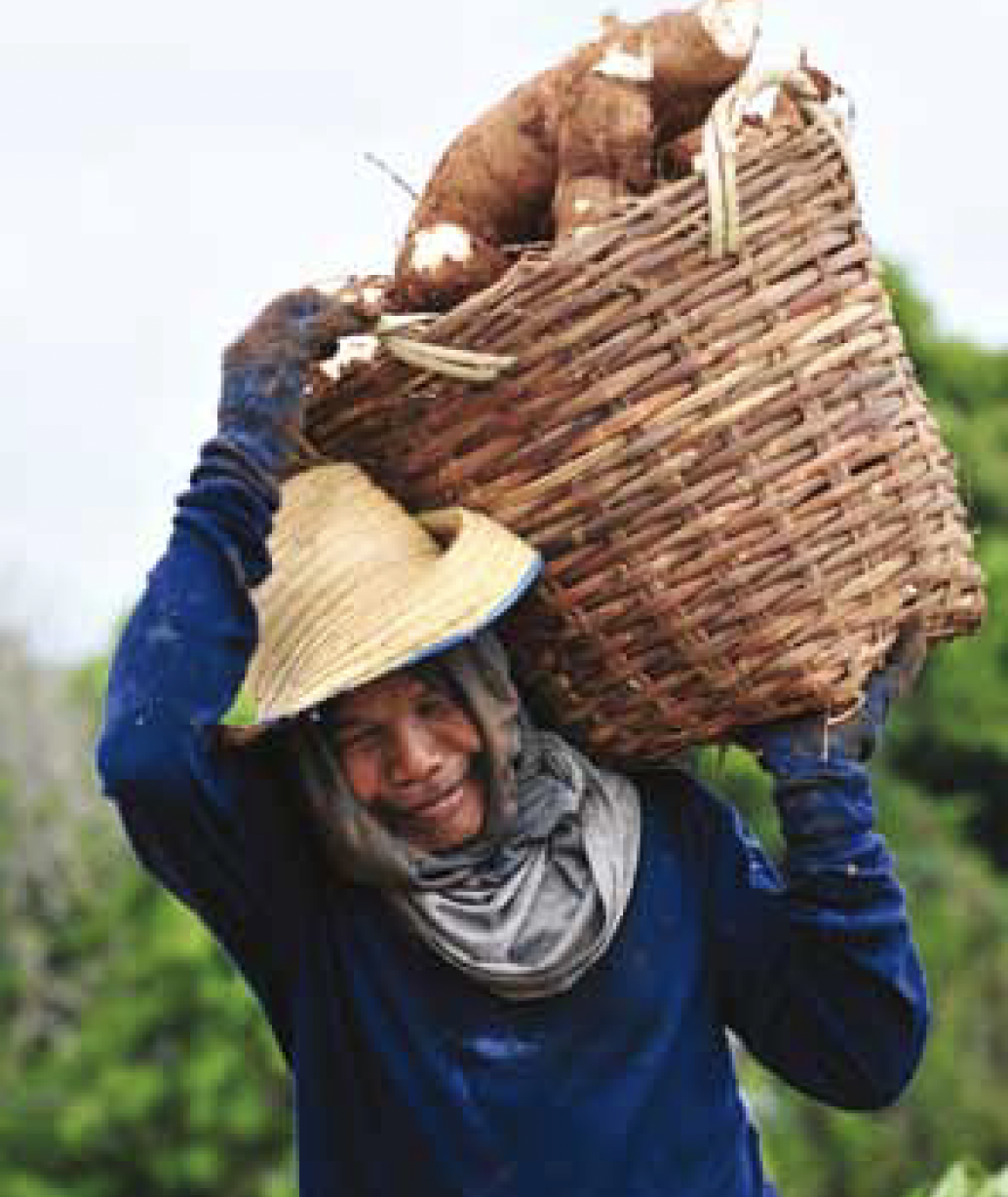Mainstreaming adaptation into local development planning: A case study in Chainat, Thailand

Abstract
This pilot study aimed to understand climate risks and uncertainty within local communities and demonstrate the integration of climate change adaptation into local development plans. The study began with an assessment of climate risks, uncertainty and vulnerability in an agricultural community within the Sapanhin sub-district, Nong Mamong district, Chainat province in Thailand. From this, adaptation options were identified. In addition to the vulnerability assessment, the study employed a mixture of approaches, including Participatory Rural Appraisal, a review of local development plans and related documents, in-depth interviews, household surveys, and focus group discussions.
Raising awareness of climate risks and variability, communicating climate information, and fostering public engagement are central to the integration of climate change adaptation into community development plans. If government officials can work with the local agriculture office, community leaders, farmer groups and other stakeholders to plan and implement the adaptation actions, the community’s vulnerability to climate change could be significantly reduced.
This weADAPT article is an abridged version of the original text, which can be downloaded from the right-hand column. Please access the original text for more detail, research purposes, full references, or to quote text.
Citation
Rattana, K., and Krawanchid, D. (2012) Mainstreaming adaptation into local development planning: A case study in Chainat, Thailand. Partner Report Series No. 7. Stockholm Environment Institute, Bangkok.
(0) Comments
There is no content